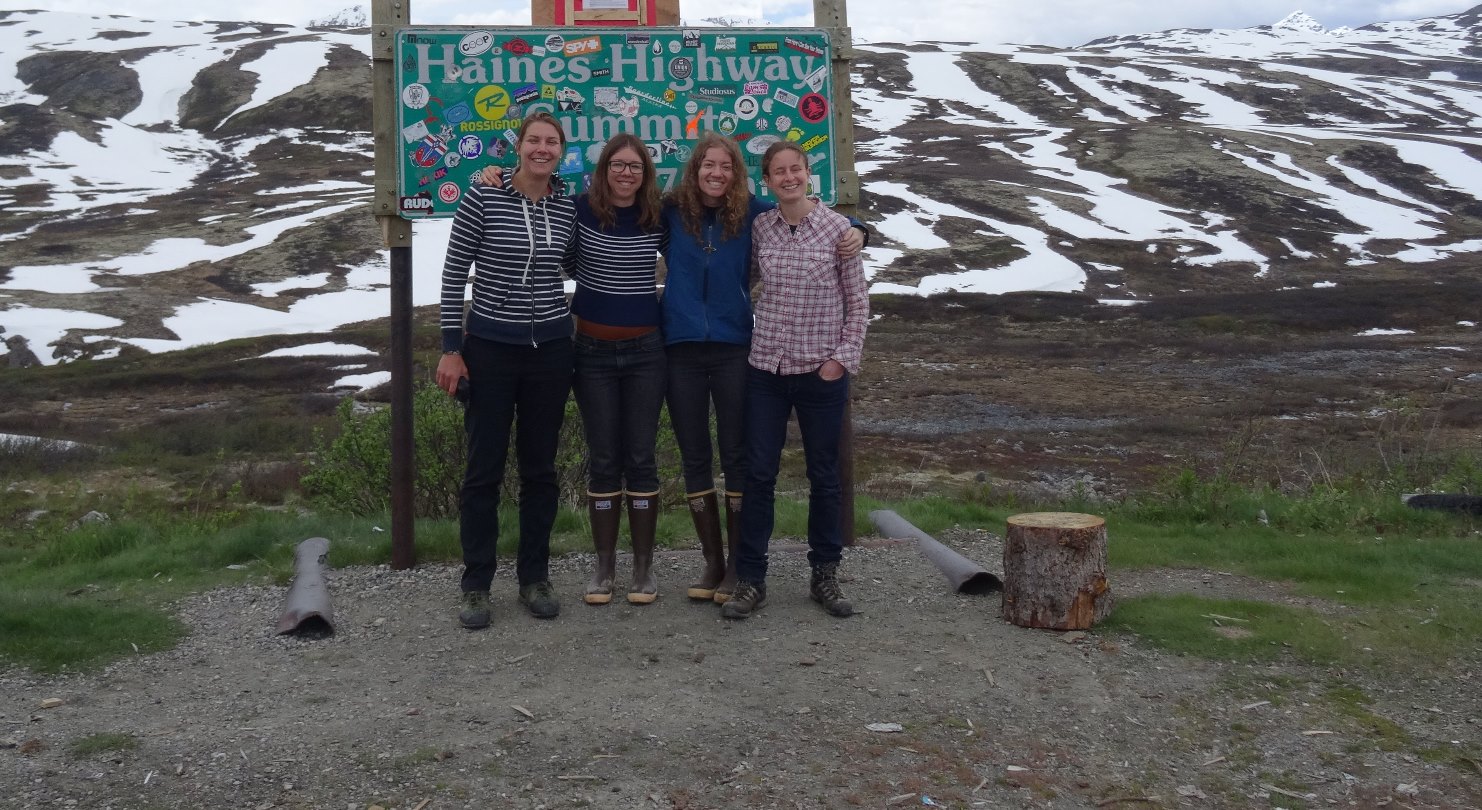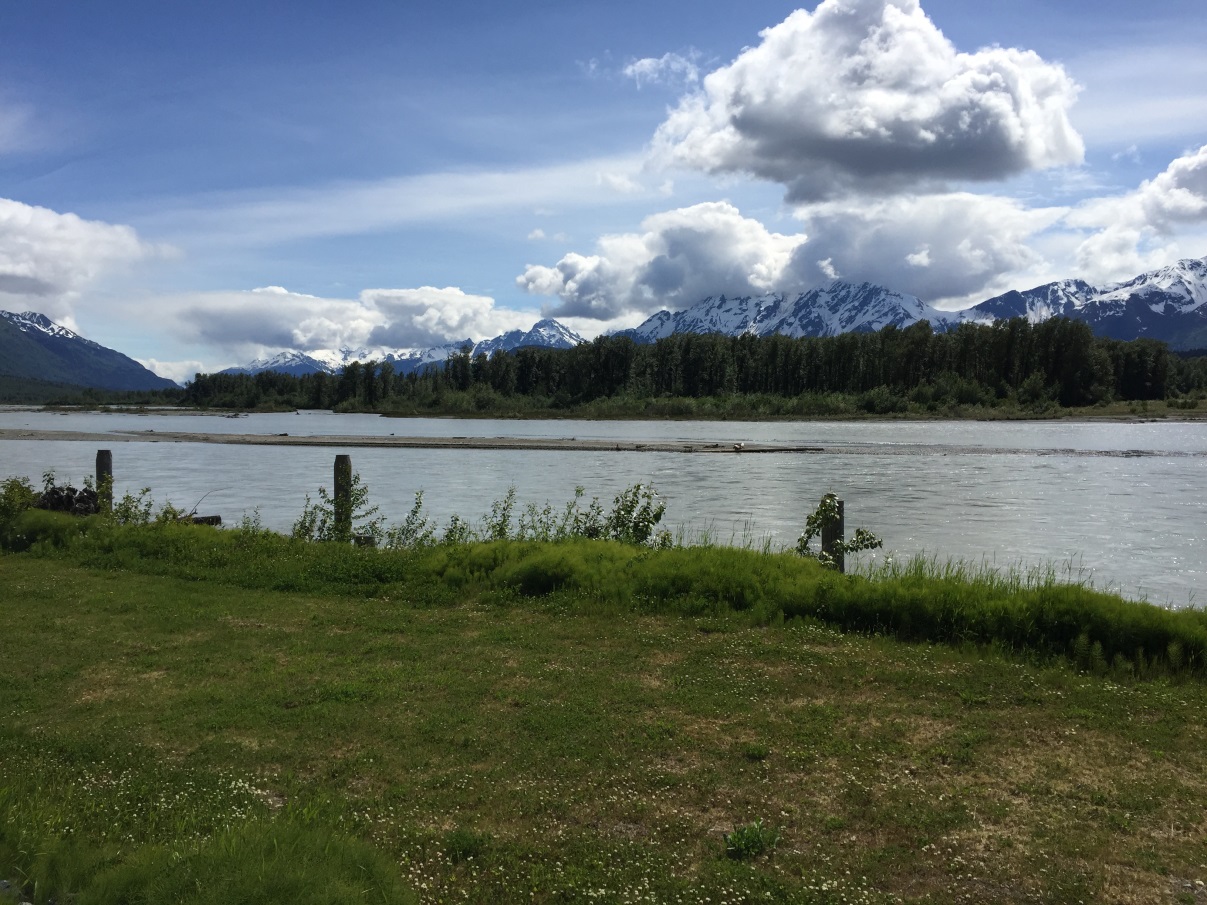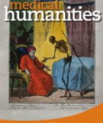How is cooperation among groups different to cooperation within groups?
IMC seed grant funds project on Alaska Native inter-group cooperation


How is cooperation among groups different to cooperation within groups? Humans evolved to cooperate with members of small groups, often at the expense of people in other groups. However, inter-group cooperation can be affected by heterogeneities in culture and social norms that make cooperation with outgroup members different in kind to cooperation with ingroup members. Many real-world issues that require cooperation, such as climate change and fisheries management, transcend group boundaries, but inter-group cooperation remains under-studied.
These were issues addressed by four researchers in an IMC-funded project this summer in Southeast Alaska, where they investigated Alaska Native participants’ expectations of inter-group cooperation. Jessica Barker (Aarhus Institute of Advanced Studies) received the seed grant to supplement U.S. National Science Foundation funding that she and Caitlin Stern (AU Bioscience and the Santa Fe Institute, USA) obtained. They carried out the project in collaboration with Vanessa Ferdinand (Santa Fe Institute) and Djuke Veldhuis (AIAS).
The researchers conducted surveys and interviews with participants primarily from the Tlingit tribe. Tlingit society is structured by kwáan (community or town) and clan membership, meaning that people may identify with more than one ‘group’. Members of different clans live in the same community, and members of the same clan live in different communities, giving the potential for complex inter-group interactions. The survey data showed that participants were more likely to identify with their clan than their community if they also identified more strongly with being Alaska Native, providing insight into group identification in a context beyond laboratory-created ‘minimal groups’.
Initial analyses suggest that people use both community membership and clan membership when deciding whom to help and from whom they are likely to receive help. People are both most likely to ask for help from, and to expect to be asked for help by, people from a different clan in their home community. However, they are more likely to ask for help from, and to expect to be asked for help by, people from the same clan in a different community than people from a different clan in a different community. Although further analysis is required, this result suggests that clan membership is a potentially important means by which inter-community cooperation is facilitated.
You can watch Caitlin Stern and Jessie Barker present their initial results in a public lecture at the Sealaska Heritage Institute in Juneau, Alaska. To find out more about the study as the researchers analyze the rest of their data (and run a related economic game at AU’s COBE Lab), check the study website and Facebook page. Jessie Barker will be presenting their latest results in an AIAS Fellows’ seminar on 3 October at 14:15.
Contact: Jessica Barker, AIAS Fellow, jbarker@aias.au.dk



